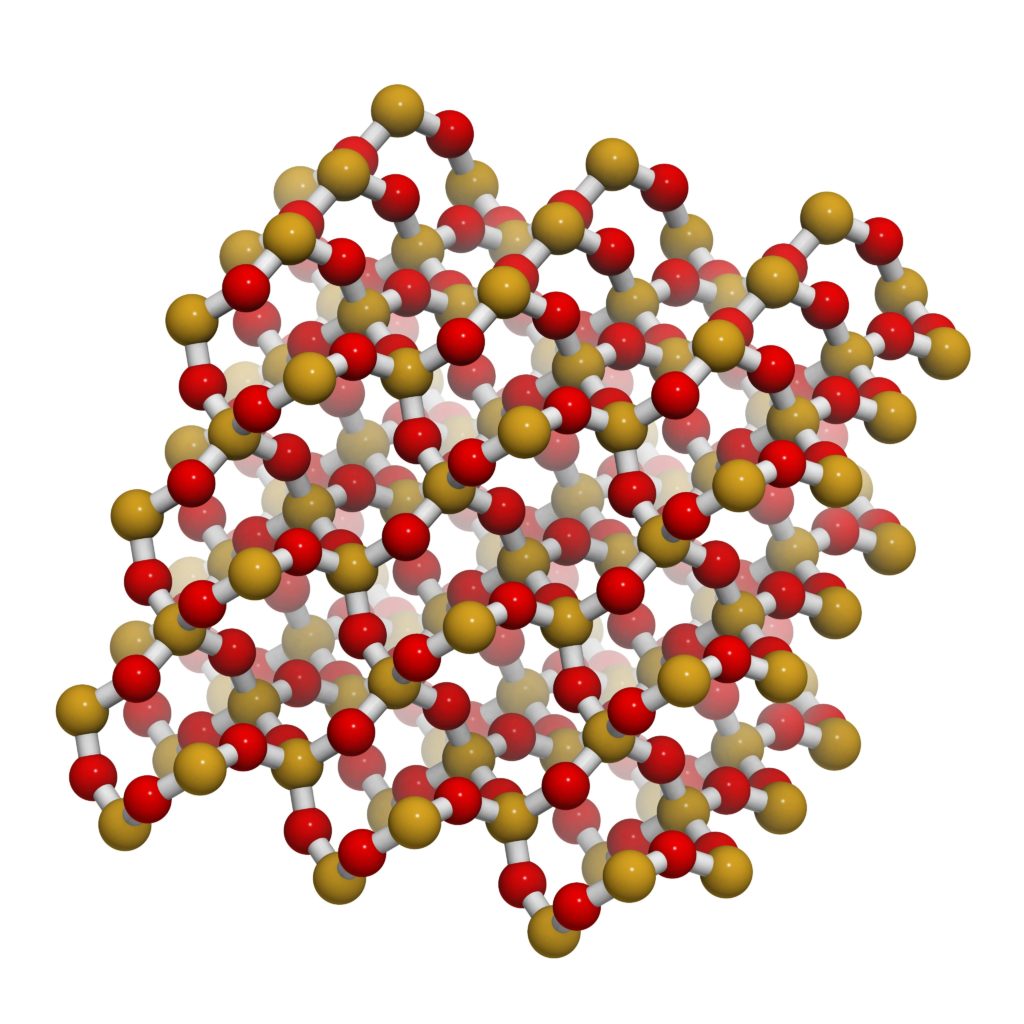
The term stone refers to a rock or mineral that has been subjected to human handling or use, such as in the technique of pietre dure, or the inlay of hard stones into decorative compositions. The stones in the Courtauld’s Baroque pietre dure frame (thought to have been originally designed as a portable altar) are all the product of a geological process known as mineralization: the infiltration of silica-rich fluids through the cracks, fissures and cavities in solid rock. When cooled, these fluids solidify, precipitating crystals.
In order to accurately identify a stone, it is necessary to identify its constituent minerals. Amongst the physical properties used to distinguish minerals, only several can be observed non-intrusively: colour, lustre and transparency (see below). Other mineral properties include hardness, cleavage, fracture and streak, however these can only be investigated using intrusive techniques.
Colour
The mineral lazurite is always blue. However, some minerals can form in a variety of colours due to the inclusion of different chemical impurities, known as trace elements, in their atomic structure. For example, pure quartz or rock crystal is colourless, but it can also appear pink or red with the inclusion of iron in different states of oxidation, such as purple amethyst includes traces of Fe3+.
Lustre
The lustre of a mineral or rock describes the way light reflects off the surface of the sample. This is a visual scale, whereby the surfaces of minerals can be described using terms such as metallic, vitreous (like glass), waxy, dull or adamantine (like diamond).
Transparency
The transparency of a mineral describes the amount of light able to pass through the mineral. It is classified into three categories: opaque, which allows no light through; translucent, which allows some light through; and transparent, which allows all the light through it.


